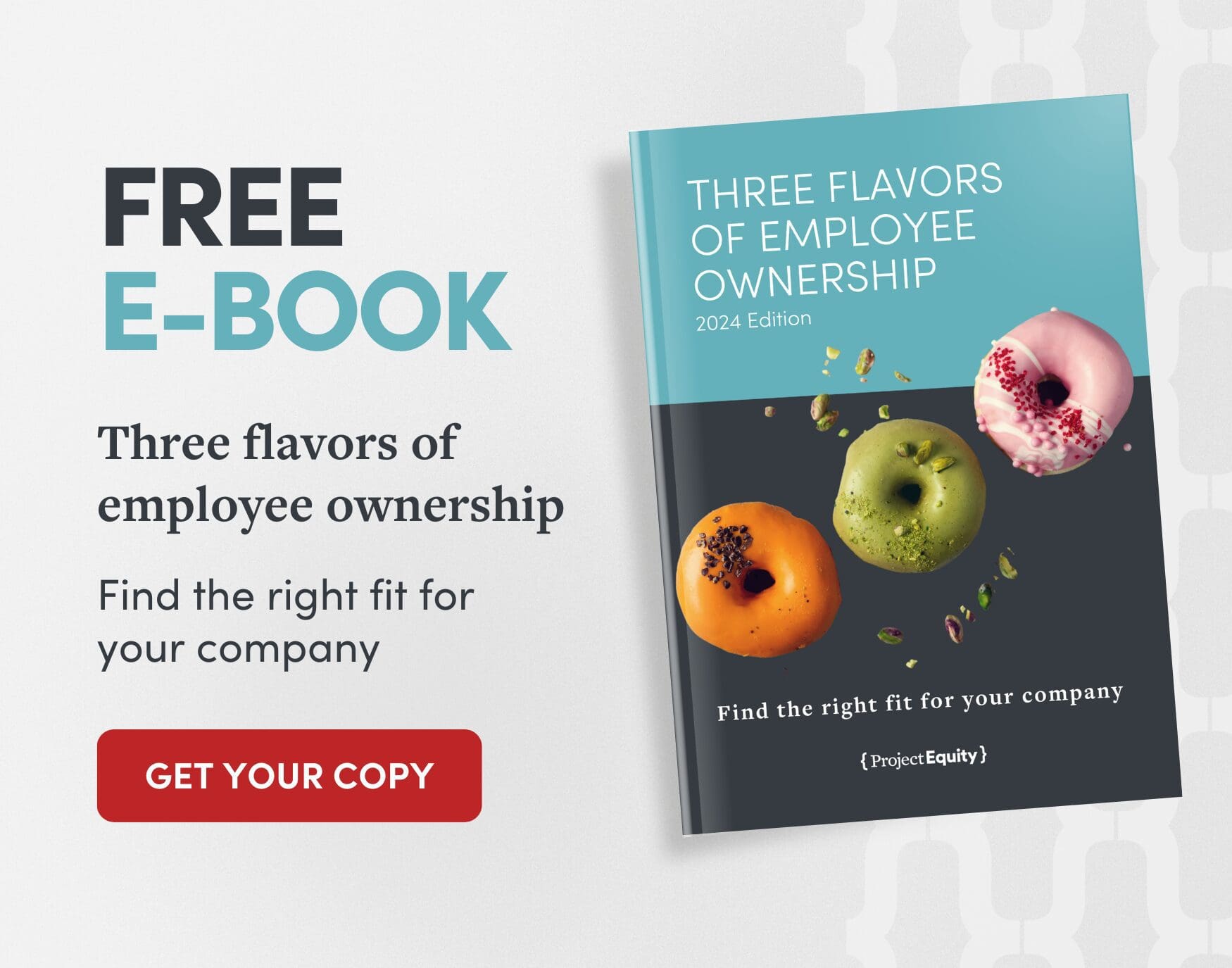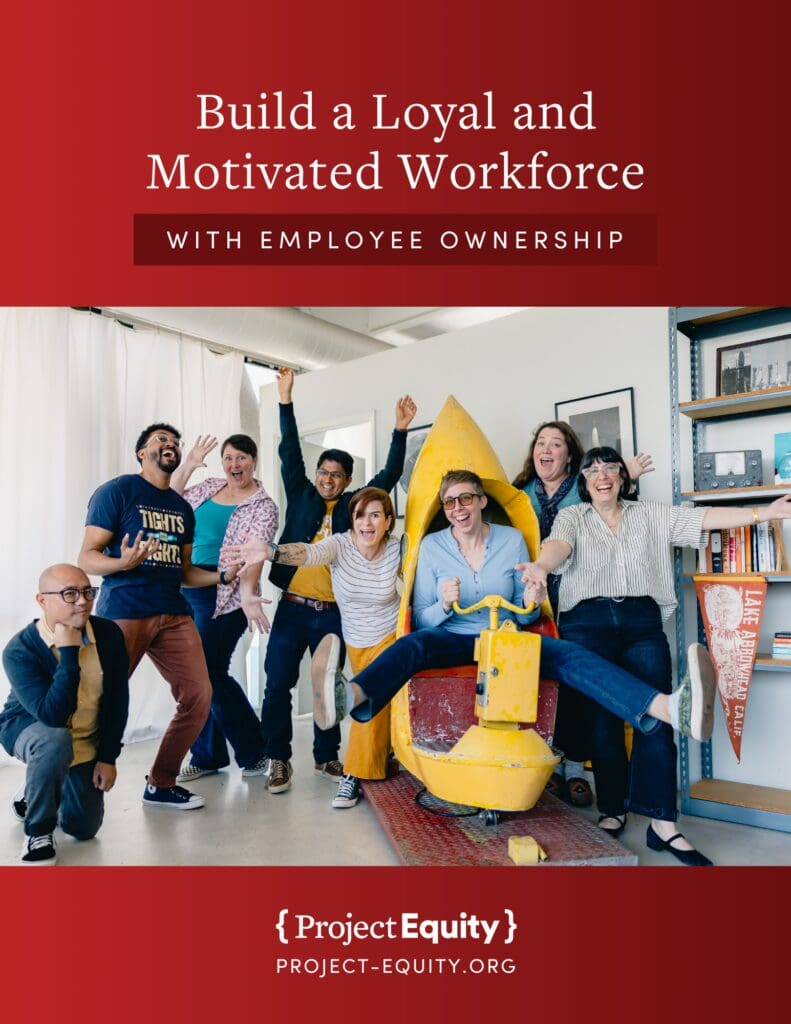Hatco Corporation
20/20 vision for employee ownership
- Wisconsin
Hatco® Corporation is a world class designer and manufacturer of commercial equipment that offers innovative solutions to the foodservice industry. The company has grown steadily through the years by product-line expansion and great customer service.
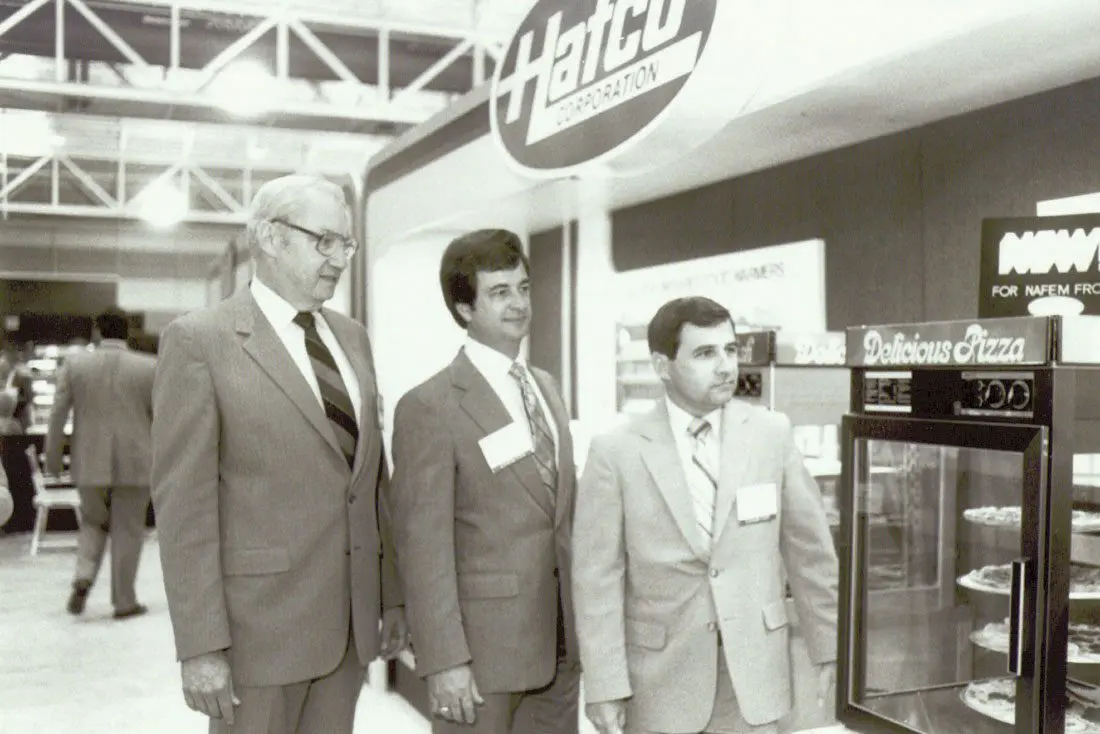
The company was started by Gordon and LaReine Hatch in 1950, and it remains a family corporation—only now their family is considerably larger. Hatco has introduced many “firsts.” In May 2007, a monumental event in the history of Hatco Corporation occurred.
With the stroke of a pen (actually, several pens), the employees of Hatco assumed 100% ownership of the company.
With locations in Milwaukee and Sturgeon Bay, Wisconsin, Hatco is an excellent example of a company committed to employee ownership. They do so many things to foster ownership behavior and encourage ownership thinking. They keep employees engaged through a variety of fun and educational events, and they also find ways to give back to their community.
Project Equity recently chatted with Dave Rolston, CEO of Hatco Corporation. We talked about how they became employee-owned and how life is different as an employee-owned company especially in today’s environment since COVID-19.
Tell us a little bit about your business.
We are a manufacturer with about 600 employees. We manufacture commercial food service equipment. A lot of our business is for grab-and-go merchandising food warmers. Companies like Racetrack and Speedway and other convenience stores comprise a large percentage of our customer base. However, we also service restaurants and hospitals, as well as universities and big tech companies that have cafeterias for their employees.
Given the climate that we are in due to COVID-19, what adjustments have you made as a company?
Being an employee-owned company through an ESOP made adjusting to these uncertain times very easy because we did not have a conflict between shareholders and the employees. Many companies will sacrifice employees to keep their shareholders happy, and we did not have to do that.
Our business dropped significantly in April. We went from a 40-hour-a-week factory to 24 hours a week, but we continued to pay our employees for a 40-hour week. So, they were getting Mondays and Fridays off. They had an awesome summer because they were getting four-day weekends every week! We did get a PPP loan, so that helped to subsidize some of that, and we used it one hundred percent on our people.
“The Hatco family is in this together, and we are sacrificing across the board.
A lot of companies have done significant pay cuts, and we did not have to do that.”
It really was not a hard decision, and we have sacrificed a fair amount of profit. We made the best decision for our employees. We were very transparent and explained to them that it is a “pay me now or pay me later” situation. We told them that every dollar we spend now that we could save by laying them off will reduce their share value in the future. So, our employees were fully aware that it came down to sacrificing a little bit of their future to stay employed now or get laid off and lose everything.
The Hatco family is in this together, and we are sacrificing across the board. A lot of companies have done significant pay cuts, and we did not have to do that either. I have told our employees to not expect a bonus this year. We usually have fairly healthy bonuses at the end of the year. So that is one sacrifice that impacts all of us and our families.
We have been able to bump our hours recently to 36 per week. Our employees were not crazy about losing their four-day weekends, but we are happy to be trending back toward “normal”.
Do you think that making the required sacrifices was easier for your employees because they have some “skin in the game?”
Yes, I think it is, but with 600 people, you are never going to have everybody who truly feels engaged. I send out an email twice a week to all the employees to keep them updated on how things are progressing. I tell them what good things have happened and what bad things have happened. Also, I provide status reports on the PPP loan, and other COVID related issues. The email updates were sent daily at the beginning of the pandemic. Starting in April, I cut back to twice a week, and they can reply to me and give me feedback. I answer every email received.
What was the catalyst for transitioning to an employee-owned company?
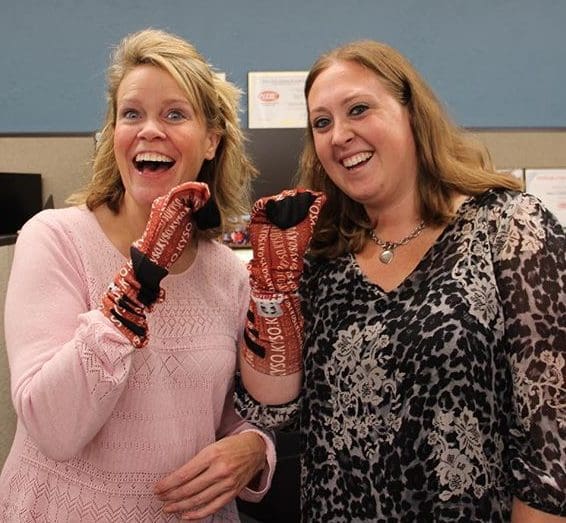
Our previous owner was a second-generation family owner. He did not have any children, and he always treated us like family. He thought of the employees as his family and becoming employee-owned is what he has always wanted to do.
I joined the company 10 years before the ESOP was formed and, from the beginning, he always said, “I am going to retire at 55 and sell the company to the employees.”
If you started asking questions he would say, “I don’t know how we’re going to do it, but that’s what I want to do.”
He was consistent and steadfast. It was his vision, and he never deviated. In 2004, he sold 49% of the company to the ESOP and, in 2007, the ESOP purchased the remaining 51% and he officially retired. He is still our Chairman of the Board but does not have any ownership, and he just loves it. He is very proud of it.
He often meets with prospective ESOP sellers. They will find out about Hatco and call and come meet with him and pick his brain. The employee ownership transition worked out fabulously, so much better than anyone could have ever known.
“The big benefit that most companies do not have is the ESOP.
The percentage of income that people get every year amounts to around 25% of additional income that goes into their ESOP share ownership.”
What types of benefits do your employees have that a non-employee-owned company may not?
Well, most of Hatco’s benefits are like other companies’, but richer. I did a little analysis for the employees a while back, and I calculated the cost to the company for the benefits that they receive. I wanted them to see the value of the non-wage benefits they receive. The point I was trying to make is, when they walk away from Hatco for 25 or 30 cents more an hour down the street, they are walking away from a lot. The benefits we offer increase their base wages by $13.66 per hour, including a very robust health care plan.
The big benefit that most companies do not have is the ESOP. When it comes to the percentage of income that people get every year amounts to around 25% of additional income that goes into their ESOP share ownership.
What advice would you give to a business owner who is considering transitioning to an employee ownership model?
I always ask how big they are because, if they are not a fairly big organization, it is a lot of administration and detail and risk to transition to an ESOP. And profitability matters because switching to an employee ownership model does not make up for lack of profitability unless you can leverage the engagement of the employees to make the business profitable.
I do not see the downside to an ESOP, honestly. There are ESOPs that fail because of market or competitive issues, but these circumstances are beyond the control of the owners. I love the ESOP model. I think it is a great way to spread wealth, promote fairness and equity in the workplace and drive engagement of the business.
I cannot tell you how proud people are when they talk about being an owner in the business. Sometimes they will get into the minutiae. ‘Why don’t I get to have a say in this or that?’ And that is why being transparent is so important. We are transparent about expenditures, our top line, profitability, and our capital investments.
Transparency takes a lot of work, but it is necessary because I must be trustworthy, and they must believe in what we are doing. It is my job to answer their questions as honestly as I can, so it takes a fair amount of effort, but at the end of the day, the employee engagement it fosters makes it worth it.
Finally, do you think that Hatco has an advantage because it is employee-owned?
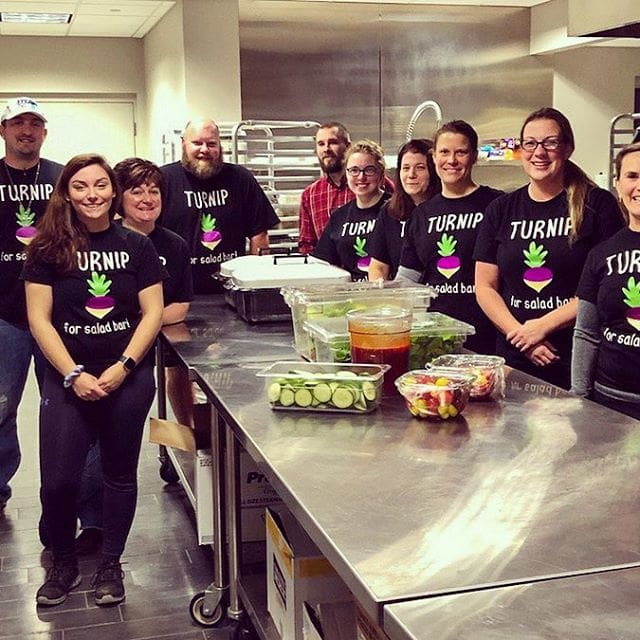
Yes. I think there are advantages on several fronts. One is that it is pretty easy to whip up enthusiasm with potential customers.
Our customers like the fact that we are an employee-owned business. They want to give their business to us because they know it is helping our employees. It just feels good to them. And our customers directly experience the benefits of employee ownership: employee engagement helps make sure we get the right thing to the customer at the right time. Everyone benefits from Hatco being employee-owned.
Do you believe that the company’s structure as an ESOP has helped to bridge the wealth gap?
Absolutely. As the shares are released, we can see what they have in their accounts, and it is not unusual for them to have a substantial amount of stock value, so much so that they could retire at 60. I have had several employees tell me that they would have been working well into their seventies if it were not for the ESOP. From my vantage point, the proof is in the pudding.
Final Analysis
After speaking with Hatco’s CEO, Dave Rolston, it is obvious that their employees take great pride in the company. Employee decisions seem to consistently reflect awareness of their ownership and stake in the success of the company. This has helped to promote a positive organizational culture for their company and one that Project Equity believes is core to the strength of employee-owned companies.
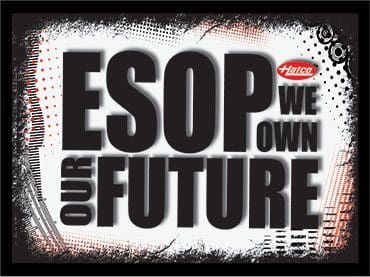
Hatco’s original owner was thinking about succession right from the start. This type of strategic vision and planning is critical as baby boomer business owners retire.
Our local business landscapes are already going through a dramatic shift, as businesses change hands and many close due to lack of succession planning and the current economic crisis brought on by COVID-19. Employee ownership could be a great option for many of these businesses!
Ownership story details
Transitioned
2007
Employees
600
Industry
Type of EO
Topic
Not applicable

